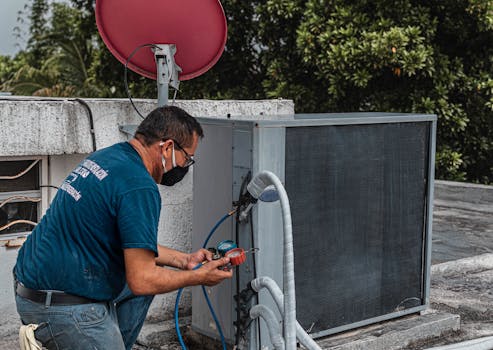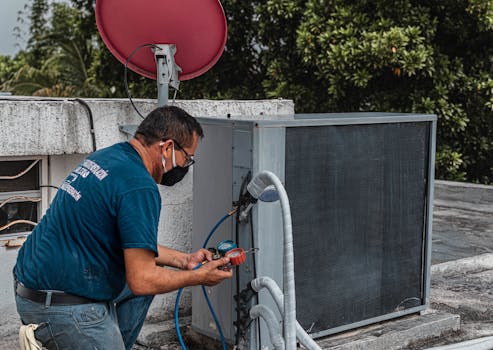
Common Mechanical Failures and How to Troubleshoot Them
Takeaways: Understanding mechanical failures is crucial for maintaining machinery. This article covers common issues, symptoms, and troubleshooting methods to help you identify and solve problems efficiently.
Mechanical systems are integral to various industries, from manufacturing to transportation. However, like any complex system, they are prone to failures. Recognizing common mechanical failures and knowing how to troubleshoot them can save time, money, and prevent further damage.
Common Mechanical Failures

1. Overheating
Overheating is a prevalent issue in many mechanical systems, particularly engines and motors. It is often caused by insufficient lubrication, coolant leaks, or blocked cooling passages. Symptoms include unusual noises, smoke, and a rise in temperature gauges.
Troubleshooting Overheating:
- Check Fluid Levels: Ensure that oil and coolant levels are adequate.
- Inspect for Leaks: Look for any signs of fluid leaks in the system.
- Examine the Radiator: Make sure the radiator is not blocked and is functioning correctly.
- Test the Thermostat: A faulty thermostat can disrupt the cooling process.
2. Mechanical Vibration
Vibration can indicate misalignment, imbalance, or wear in mechanical components. Common sources of vibration include motors, pumps, and fans. Excessive vibration can lead to component failure and should be addressed immediately.
Troubleshooting Mechanical Vibration:
- Check Alignment: Ensure that all rotating components are properly aligned.
- Inspect Mounting: Look for loose mounts or supports that might contribute to vibration.
- Balance Rotating Parts: Use balancing tools to check and correct any imbalances.
- Examine Bearings: Worn bearings can cause excessive vibration and should be replaced.
3. Oil Leaks
Oil leaks can lead to insufficient lubrication, resulting in severe machinery damage. They can occur in various locations, such as seals, gaskets, or oil lines. Identifying the source of the leak is critical to effective troubleshooting.
Troubleshooting Oil Leaks:
- Visual Inspection: Look for oil stains or puddles under the machinery.
- Check Seals and Gaskets: Inspect for wear or damage that could cause leaks.
- Examine Oil Lines: Look for cracks or loose fittings in the oil lines.
- Use Dye Test: Adding a dye to the oil can help trace the source of the leak.
4. Electrical Failures
Electrical failures in mechanical systems can lead to malfunctions and downtime. Common symptoms include equipment not starting, tripped breakers, or intermittent operation. Electrical issues can arise from faulty wiring, blown fuses, or defective components.
Troubleshooting Electrical Failures:
- Check Power Supply: Ensure that the equipment is receiving the correct voltage.
- Inspect Wiring: Look for damaged or frayed wires that may cause shorts.
- Test Fuses and Circuit Breakers: Replace any blown fuses or reset tripped breakers.
- Evaluate Components: Test motors, relays, and switches for proper operation.
Conclusion








